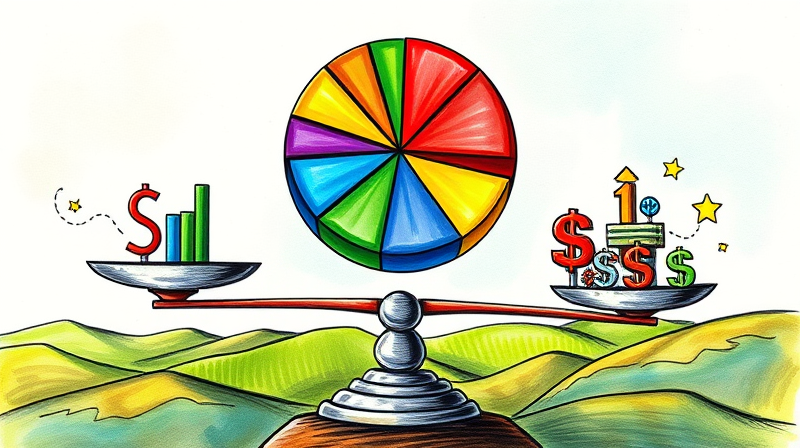
In the world of finance, leverage stands out as a powerful yet double-edged tool. By harnessing borrowed capital, investors and businesses can magnify their purchasing power, aiming for higher rewards. Yet with greater potential upside comes the specter of deeper losses. This article unpacks the essence of leverage, illustrates its real-world impact, and offers guidance on wielding it responsibly.
At its core, leverage refers to using borrowed funds to finance investments, thereby boosting the scale of an investment beyond personal capital. When you borrow money at a cost—interest and fees—you place faith in the investment’s proceeds to exceed those costs. If successful, leverage can fuel outsized returns on equity. When misjudged, it magnifies losses.
Financial theorists define leverage as the ratio between debt and equity. A higher ratio means more borrowed money relative to own funds. While a small dose of leverage can be prudent, unchecked expansion can erode stability and threaten solvency.
Leverage operates by layering debt over equity. Consider a situation where an investor uses $200 of personal funds and borrows $2,000 at 6% annual interest. Investing $2,200 at a 15% annual return yields $2,530. After repaying $2,120 (loan plus interest), the net gain is $410—more than doubling the original $200.
However, the mirror scenario reveals risk. A 10% decline in asset value reduces the portfolio to $1,980. After settling the debt, the investor loses $140 in excess of his initial $200—effectively wiping out capital and owing more. This demonstrates how leverage multiplies both upside returns and downside risks.
Personal investors frequently use margin accounts to purchase stocks worth more than their cash balance. In a rising market, gains accelerate and compound quickly. Conversely, when markets drop, leveraged positions can trigger margin calls demanding immediate funding or forced asset sales at unfavorable prices.
In corporate finance, companies often take large loans to acquire assets or expand operations. Imagine a firm deploying $100,000 of equity and borrowing $900,000 to purchase a factory. If the factory generates $150,000 profit annually, the equity enjoys a 150% return. But if earnings slump, the fixed debt obligations remain, putting pressure on cash flow and solvency.
Understanding leverage begins with common ratios that gauge financial structure:
High leverage ratios signal elevated risk and reduced flexibility. Investors and lenders scrutinize these metrics to assess an entity’s ability to sustain obligations during downturns.
While leverage can accelerate wealth creation, it also introduces significant hazards. Key risk factors include:
Prudent use of leverage involves setting clear limits, stress-testing scenarios, and maintaining adequate liquidity buffers. Consider the following strategies:
By adopting these measures, investors and organizations can harness the power of leverage without courting ruin.
Leverage remains a cornerstone of modern finance, offering the allure of amplified returns and faster growth. Yet history is replete with cautionary tales—from margin-call meltdowns to corporate bankruptcies—underscoring the dangers of over-leveraging and systemic risk. The key lies in understanding how debt magnifies outcomes and in crafting a framework that aligns leverage with risk appetite.
Ultimately, leverage is not a guaranteed path to prosperity, but a tool that requires respect, discipline, and continuous vigilance. By embracing best practices and remaining attentive to market signals, investors can navigate the delicate balance between seizing opportunity and preserving capital. In doing so, they transform leverage from a perilous gamble into a strategic advantage.
References













